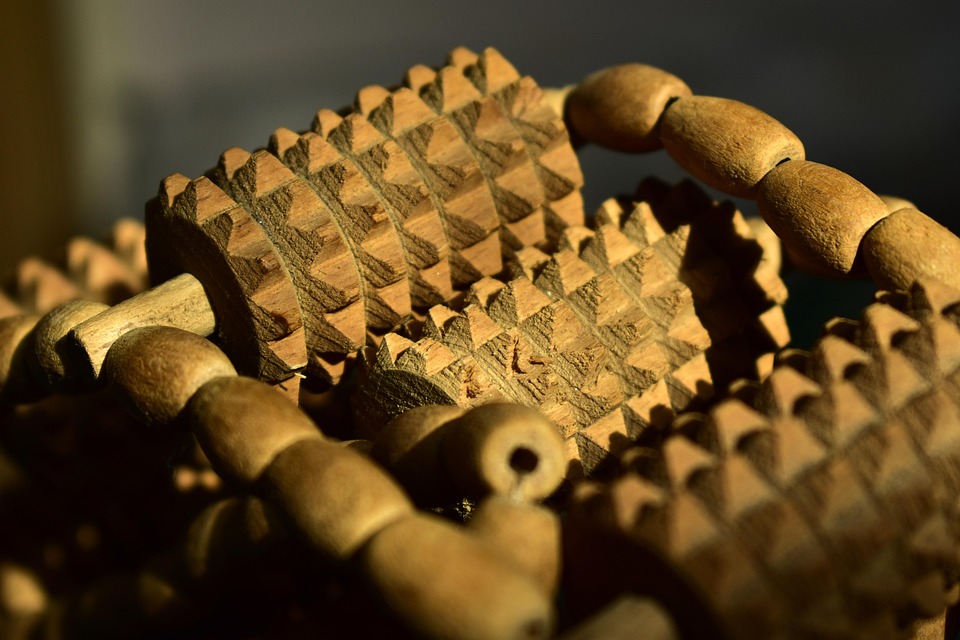Do you ever feel like the stresses of modern life are throwing you off balance? Like you’re constantly juggling a million things at once and struggling to find a sense of peace and clarity amidst the chaos? If so, you’re not alone. Many of us are searching for ways to tap into our inner strength, find our center, and cultivate a sense of ease and balance in our everyday lives. And that’s where the ancient practice of acupuncture comes in.
Acupuncture is a form of traditional Chinese medicine that has been used for thousands of years to promote balance and harmony in the body. By stimulating specific points on the body with thin needles, acupuncturists aim to restore the flow of Qi, or vital energy, throughout the body. When Qi is flowing smoothly, we feel vibrant, healthy, and in tune with ourselves and the world around us.
But what if you could tap into the power of Qi on your own, without the need for needles or a trip to the acupuncturist? That’s where Tai Chi Pestle Needle Therapy comes in. This gentle, hands-on practice is inspired by traditional Chinese medicine and can help you reconnect with your body’s natural rhythms, promoting balance, ease, and clarity in your everyday life.
So, how can you start incorporating the principles of Tai Chi Pestle Needle Therapy into your daily routine? Here are a few simple, down-to-earth self-care practices to get you started:
1. Mindful Breathing: Take a few moments each day to focus on your breath. Close your eyes, inhale deeply through your nose, and exhale slowly through your mouth. Pay attention to the sensation of the air entering and leaving your body. This simple practice can help calm your mind, reduce stress, and promote a sense of balance and relaxation.
2. Gentle Movement: Incorporate gentle movement into your daily routine, such as stretching, yoga, or Tai Chi. These practices help to release tension in the body, improve circulation, and promote a sense of flow and vitality. Even just a few minutes of movement each day can make a big difference in how you feel.
3. Grounding Meditation: Find a quiet place to sit or lie down, close your eyes, and imagine roots growing out from the soles of your feet and anchoring you to the earth. Take deep breaths and visualize inhaling fresh, healing energy from the earth and exhaling any tension or negativity. This grounding meditation can help you feel more centered and connected to the present moment.
Now, let’s talk about the Tai Chi Pestle Needle Tool. This simple yet powerful tool is designed to help you unlock the power of Qi and promote balance in your body. Made of smooth, polished wood and shaped like a pestle, the tool is used to gently massage specific acupressure points on the body, promoting relaxation, circulation, and energy flow.
To begin, simply hold the tool in your hand and gently press it against the skin at various points on your body, such as the palms, soles of the feet, or along the meridian lines. Use gentle, circular motions to massage the points, focusing on areas where you feel tension or discomfort. This hands-on approach can help you tune into your body’s subtle cues and promote a sense of balance and harmony within.
So, why not give Tai Chi Pestle Needle Therapy a try? Incorporate this gentle practice into your daily routine as a way to ground yourself, promote energy flow, and reconnect with the wisdom of traditional Eastern medicine. Remember, there’s no pressure or expectation—just a gentle invitation to explore and discover what works best for you.
In conclusion, unlocking the power of Qi and balancing acupuncture is not just about finding relief from physical ailments—it’s about cultivating a sense of inner peace, harmony, and vitality in our everyday lives. By incorporating simple self-care practices inspired by Eastern wisdom, such as Tai Chi Pestle Needle Therapy, we can tap into our body’s natural rhythms and promote a sense of balance, ease, and clarity. So, take a deep breath, tune into your body’s wisdom, and start your journey towards greater well-being today.
This practice changed my life—maybe it’s your turn now. → Learn more.

Leave a Reply